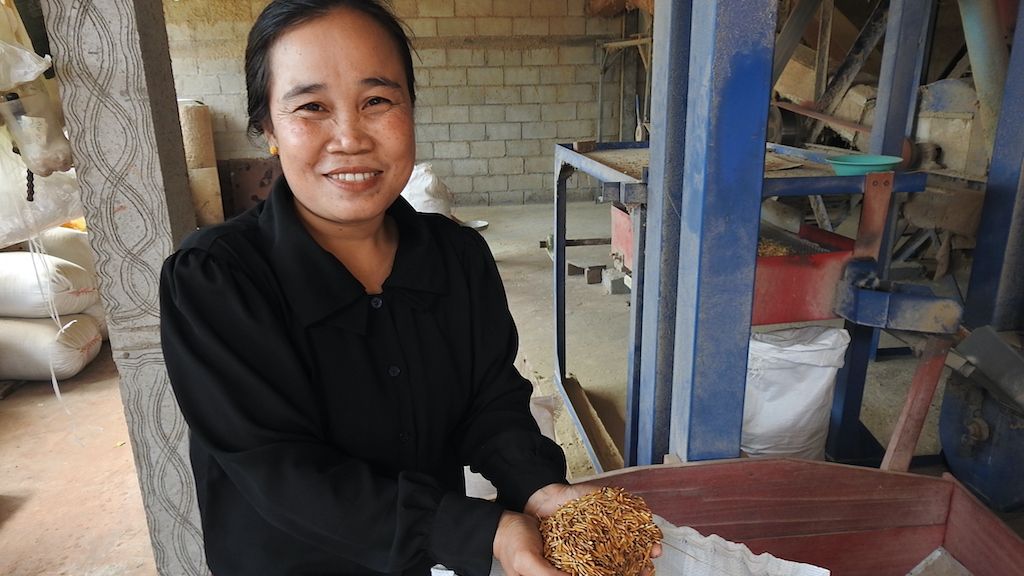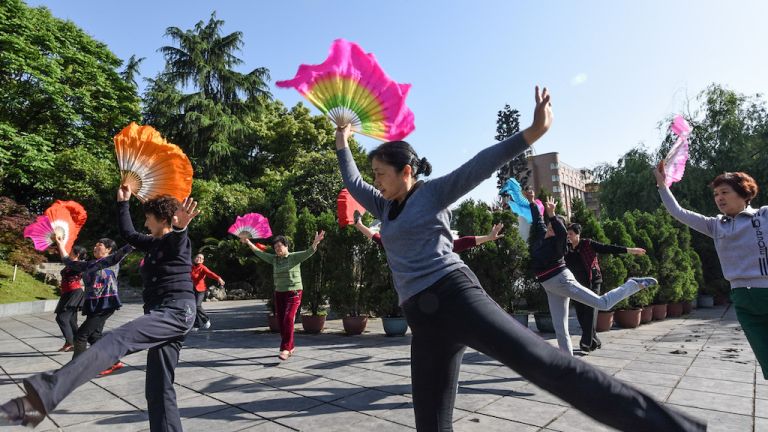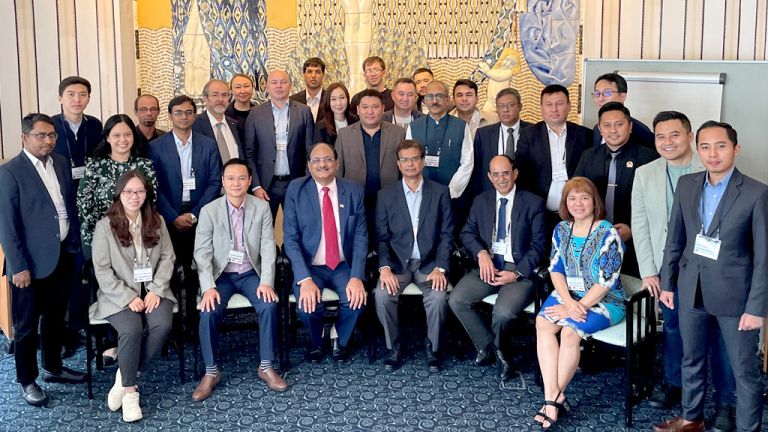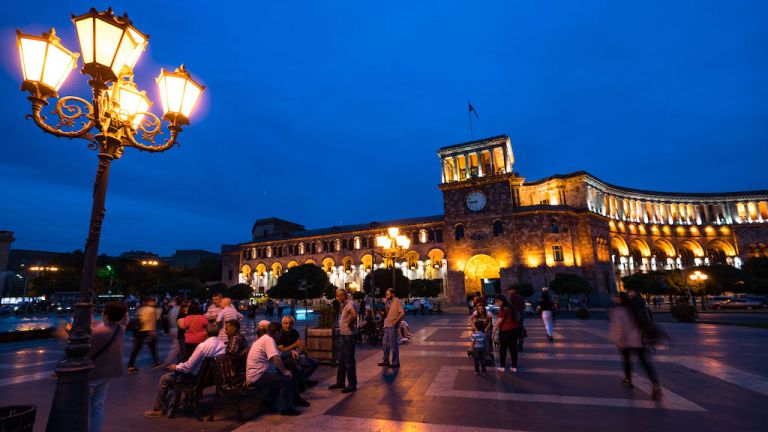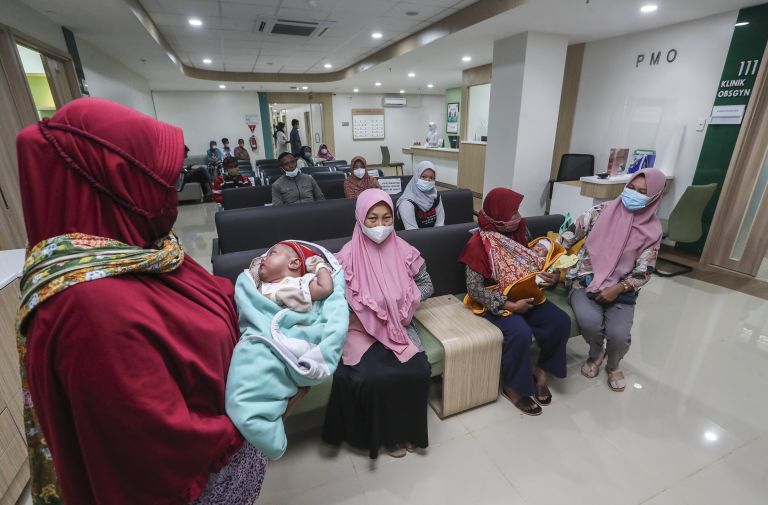Key Takeaways
Duangsone Silangsy remembers the flash flood of 2008.
“I was worried and didn’t know whom I should ask for help when I could not get out of my house to find food, drinking water, and medicine when my kids were sick because my community and my farm went underwater,” she said.
When her community in the southern part of Vientiane, the capital of the Lao People’s Democratic Republic (Lao PDR), was hit, there were no early warning systems in place and no effective approaches to respond to the disaster. Flooding poses a serious threat to Mrs. Duangsone’s community, putting it at risk of food and water shortages and heightened health risks due to diseases brought about by the floods. Women, the elderly, and small children suffer the harshest consequences of flooding.
Motivated to help improve the situation, Mrs. Duangsone became a member of the Community-Based Disaster Risk Management Committee. Now, whenever her community is hit by flood and drought, she knows how to seek help and how to extend assistance to affected members of her community.
In 2012, the Asian Development Bank (ADB) extended assistance to the Government of the Lao PDR to implement the Greater Mekong Subregion Flood and Drought Risk Management and Mitigation Project. Through the project, Mrs. Duangsone underwent training on Safer Village Plan preparation and implementation as well as the preparation of a seasonal crop growing plan. She also developed her knowledge on crop production in both the dry and wet seasons after her village was hit by a drought, which affected farm productivity.
“Now we know which crop we should plant in the dry or wet season,” said Mrs. Duangsone, who lives with five family members including children and elderly relatives.
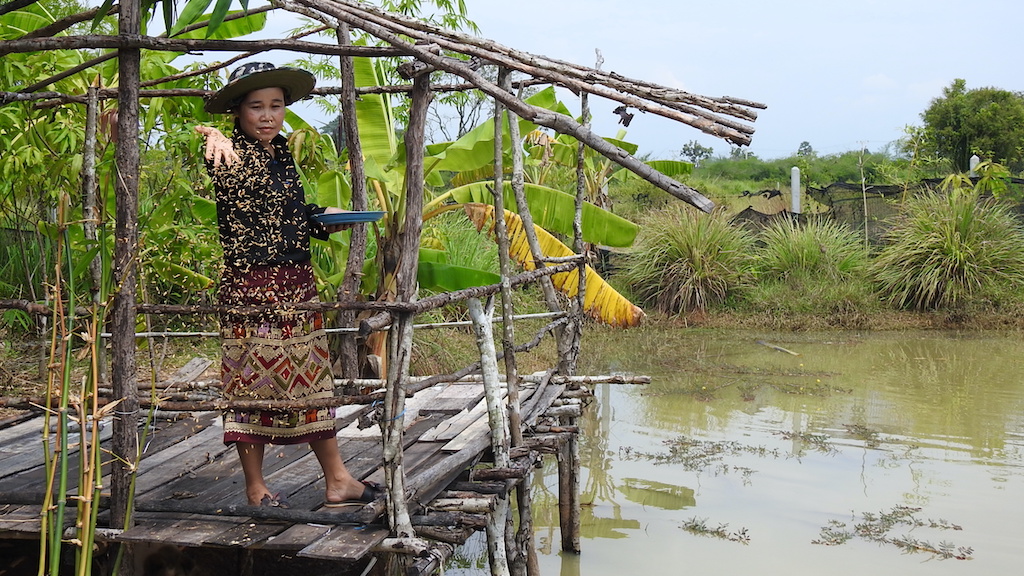
The Safer Village Plan training provides knowledge on how to prepare rescue zones and assist high-risk families with vulnerable people, such as the elderly, those with disabilities, and infants. The plan also provides instructions on how to disseminate flood-related information via radio and establishes an emergency reporting unit in the village to issue early warnings of any upcoming disasters triggered by natural hazards to the village offices. The village offices will then disseminate the information to the community through loudspeakers.
“Before the training, I had never followed the weather forecast on the news, but now I watch it every day on my smartphone. The news provides the weather forecast at least a week in advance. This information is important for our community’s safer plan preparation and implementation,” said Mrs. Duangsone. “I can also swim and teach others how to swim after participating in the training provided by the project.”
Managing flooding and drought
The project supported the design and implementation of measures through various training to help villagers like Mrs. Duangsone better respond to floods and droughts in Vientiane and the provinces of Khammouan and Savannakhet.
The project also developed a 32-kilometer embankment for flood protection in Vientiane, of which 26 kilometers doubles as a road network. Seven water control gates in Hatsayfong district were also installed to manage water fluctuations on the Mekong River during the rainy and dry seasons.
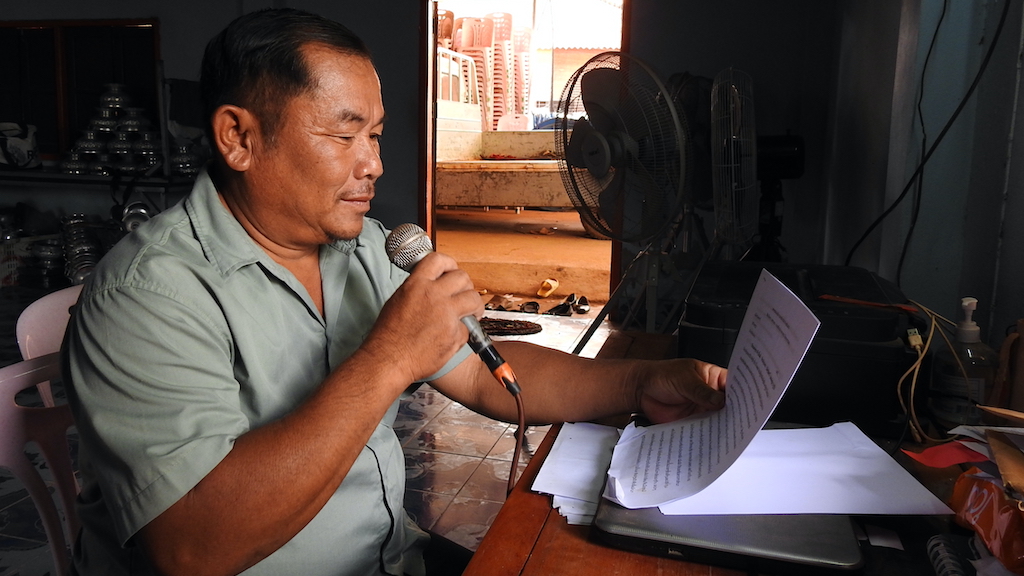
Uncontrolled fluctuations have caused extensive flooding and drought in nearby districts and communities living along the floodplain of the Mak Hiao River, where Mrs. Duangsone’s village is located. Leaders of the Lao Women’s Union from the 18 villages in this region were trained to become core village facilitators. Their skills on Safer Village Plan preparation and implementation were strengthened, making them better prepared to respond to flooding and droughts.
Building women’s empowerment
Thanks to her extensive training and increased knowledge and capacity in crisis management, Mrs. Duangsone felt more confident and empowered. She became more comfortable sharing her ideas and opinions during community meetings. In turn, she has been recognized and respected, particularly by males and village elders, as a key member of her community.
“Involving women in community meetings is very helpful, particularly the meeting on the preparation of the Safer Village Plan as it needs to address all issues affecting the community,” said Latsamy Baopaseuth, Chief of Dongkhuay village. “Women are not only involved in the Safer Village Plan preparation, but they are key to putting the plan into practice.”
-
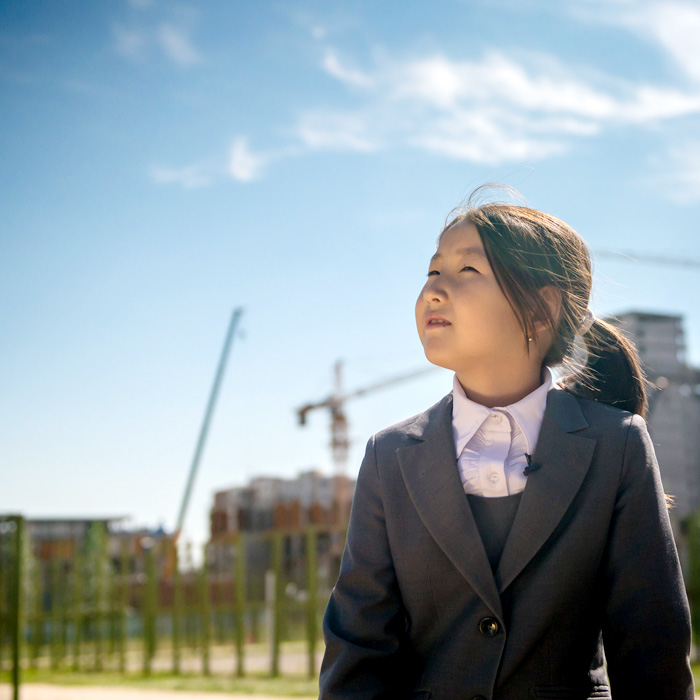
ADB has pledged that 75% of its operations promote gender equality and for 75% of operations to support climate change adaptation and mitigation by 2030.
-
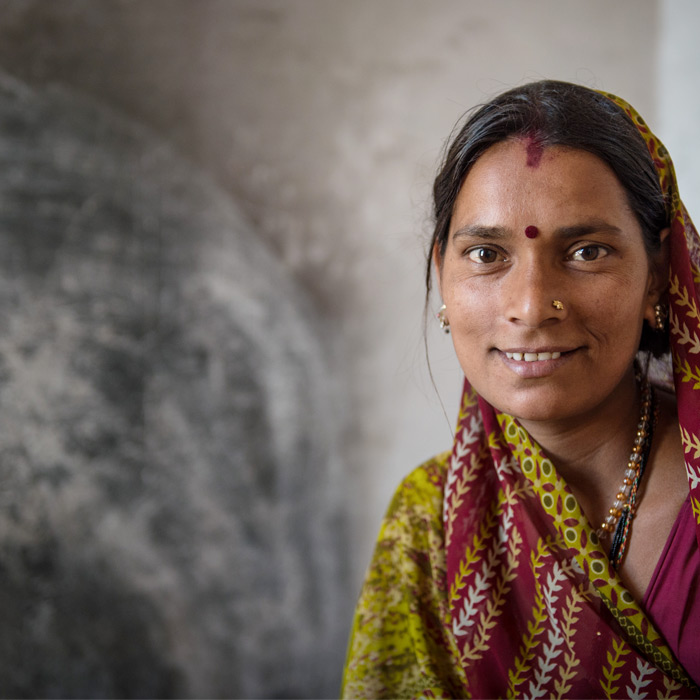
Increasing women's participation in society and in their communities is a critical step towards achieving sustainable economic growth and social development.
Mrs. Duangsone plays many important roles in supporting and leading her community, such as being the president of the Lao Women’s Union of Dongkhuay Village and a member of the Community-Based Disaster Risk Management Committee, the Water Users Group Committee, and the Farmer Production Group.
“We consult with Mrs. Duangsone on how to prepare life jackets, boats, and first aid kits,” said Dongkhuay villager Olathay Fueachanthala. “We are no longer worried about flash floods like in the past as we now know where the safer zones are and who to consult with when harmful events like flooding occur.”


